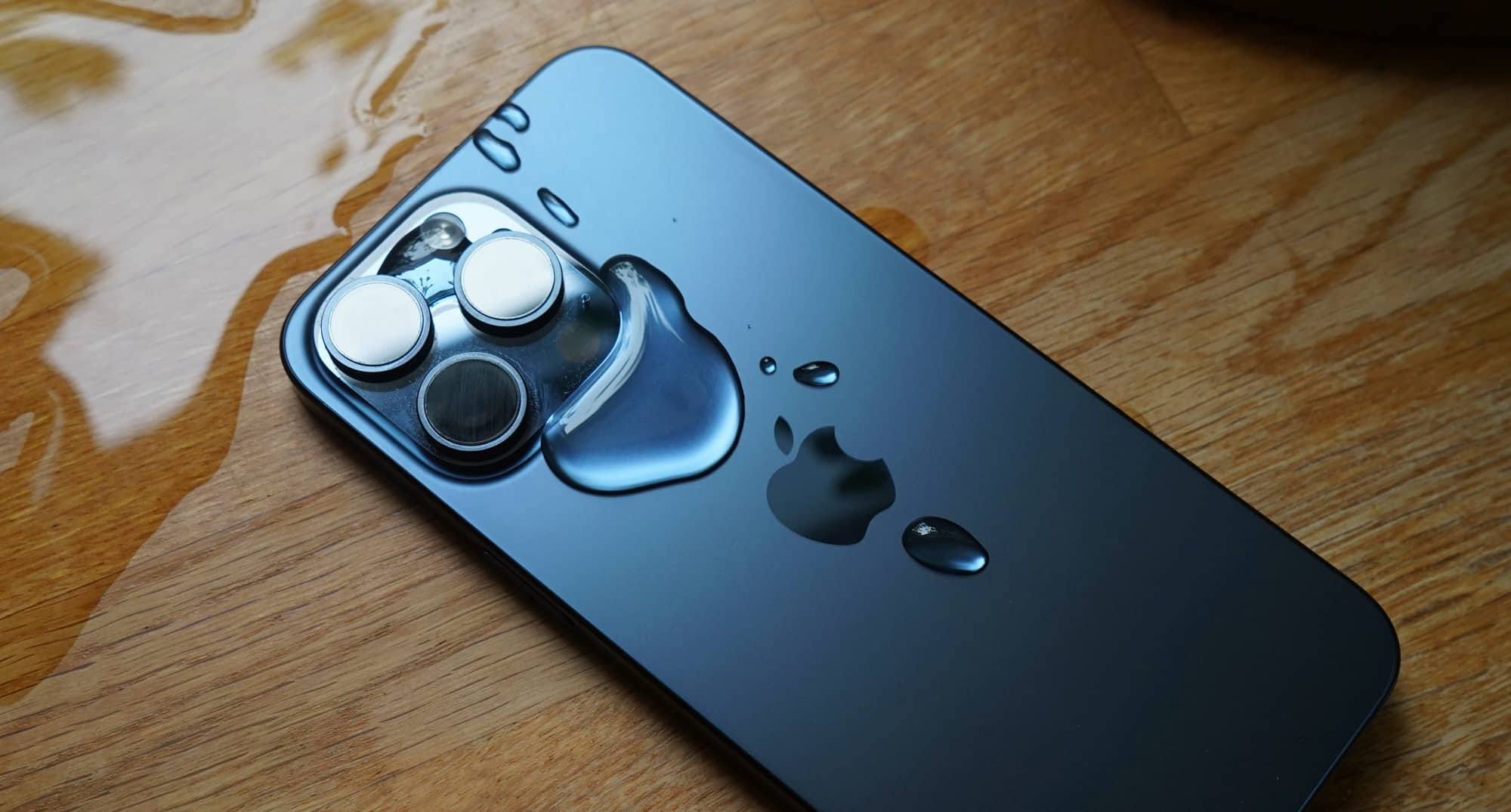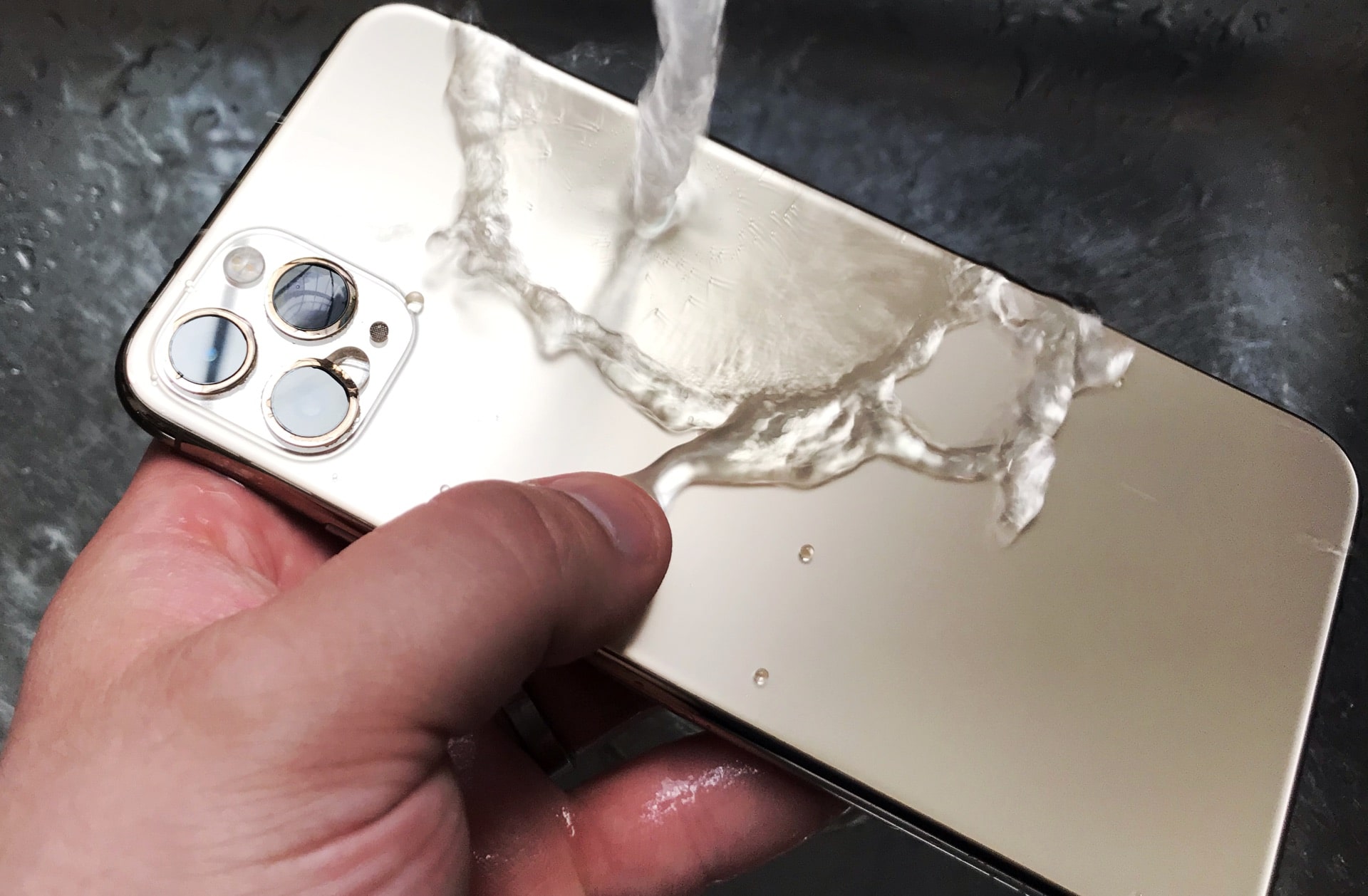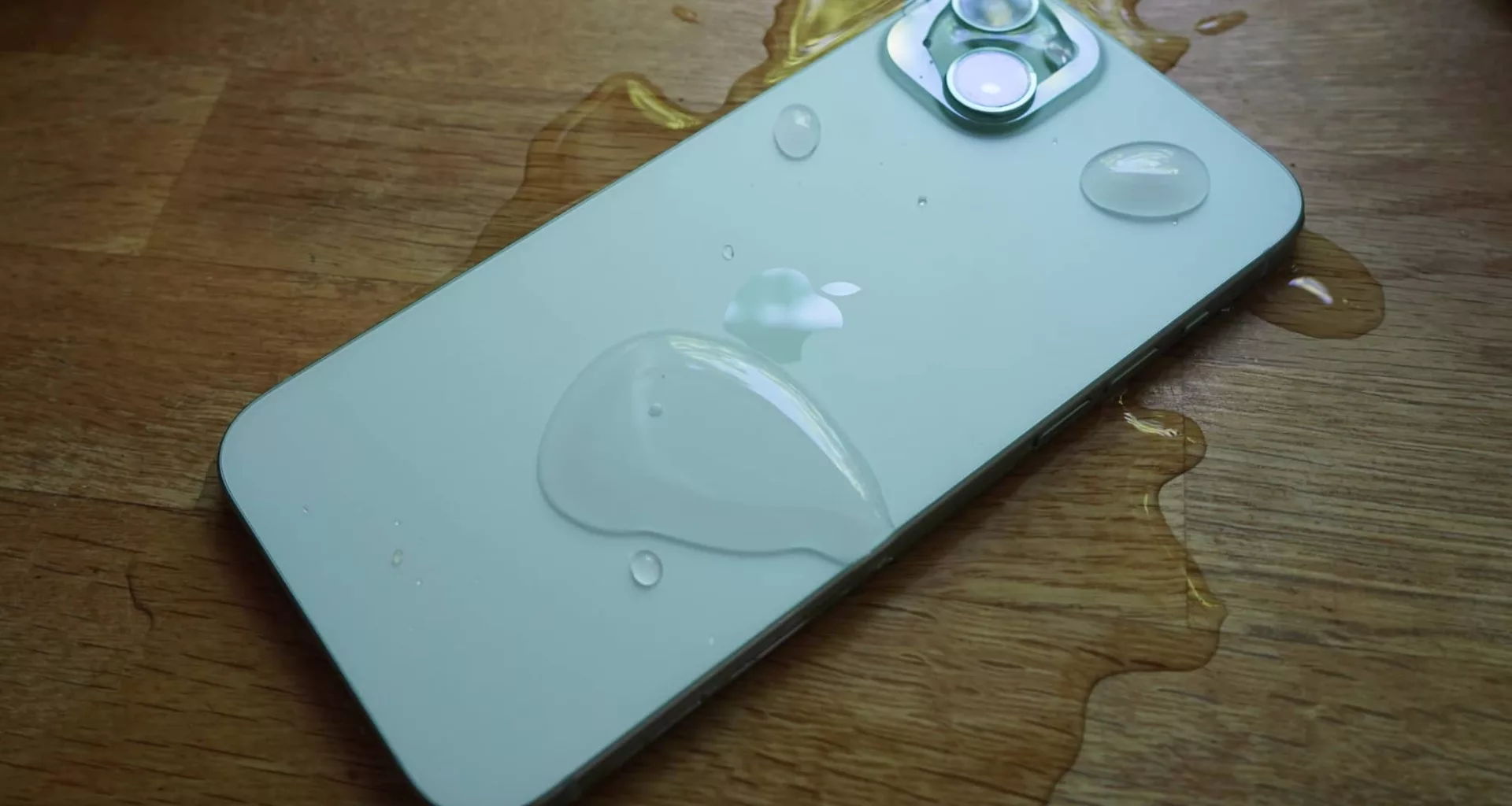Rice is small. The ports on your phone are small. Now imagine what will happen if rice gets stuck in the small ports on your phone.
There’s always common advice we hear that people are using, and while some of it is good, some of it is bad. Very bad, and potentially very risky, particularly if you have a gadget you love.
Throughout the years, one of these remains consistent: dry a water-damaged phone in rice.
In theory, it makes sense: rice is very absorbent, surely it can draw water out? Pop your phone in a bag of rice and many people with waterlogged phones will see their device return to life a few days later as the rice gradually absorbs the water through the process of evaporation.
That’s the theory, and people have surely touted success. It certainly seems logical enough. But it’s been tested repeatedly, and not every test delivers a reliable result.
Reliability aside, the problem is it can also be incredibly risky, and is akin to getting foreign objects stuck in the important ports of the phone, which these days on an iPhone is the only port, and arguably the most important one: the charge port.
However, Apple has actually provided some information on the issue with a support document initially found by Macworld, noting that rice could damage your phone.
Specifically, Apple advises things not to do, including:
“Don’t put your iPhone in a bag of rice. Doing so could allow small particles of rice to damage your iPhone.”
Other tips include not to use a cotton swab, paper towel, or other foreign objects, and to not use heat or compressed air. Instead, leave a a wet iPhone somewhere with airflow and wait for the phone to dry before trying to charge it.
Why is Apple saying this?
iPhones are water resistant, but drying wet phones isn’t the same as drying them out
It’s worth noting that since the iPhone 7 back in 2016, every iPhone produced has been water resistant with an IP rating. You probably know an Apple Watch is water resistant and has been since 2016, but so is an iPhone, and so if you have any iPhone from the iPhone 7 to the iPhone 15, you have a somewhat waterproof iPhone.
Apple’s IP ratings typically sit at IP68, particularly for its newer devices, which means they can handle splashes and immersion in water for a minimum of one metre for up to 30 minutes, with older phones up to one or two metres and newer phones up to six.
Remember, those IP ratings can point to different depth levels, so keep those in mind if you go into the water with your phone.

That IP rating also points out they have some dust resistance, which means small particles, but that’s very different to big particles.
Big particles, like rice grains, can get stuck in ports and lodged when a phone is dropped into a bag, and those may not be easily dislodged.
Phone owners have often turned to rice because of how the food acts as an absorber, and when your phone is drenched and feared broken, it might make sense to let the water get absorbed into rice, albeit slowly.
You don’t typically need to dry out a recent iPhone to save it
What’s more, an iPhone that is water resistant just needs to be dried out when it’s wet. Given that’s every iPhone made in the past 7 or 8 years, that will probably cover most of what people own.
Instead of rice, hold the phone upright and let the water beads trickle out, and then leave the wet phone where there’s airflow before you try charging the device.
You shouldn’t try charging a wet phone, clearly, because water and electricity don’t mix.
If you take your phone into a pool or the ocean, consider washing it afterwards
There are even times you might want to consider proactively running your phone under the tap and washing it off, letting it dry the way we’ve just mentioned.
Specifically, if you take your phone into water that isn’t freshwater, you might want to wash it off afterwards.
Pools have chlorine and oceans have salt, but IP ratings are only rated for freshwater, which neither pool water nor sea water qualifies as. The chlorine and salt could end up making a mark or even potentially corroding something on a phone, so washing your phone under a tap could be an ideal way to get rid of any elements you can’t see.
After you’ve washed off a waterproof phone, just let it dry properly before plugging it in.

If your iPhone isn’t turning on after getting wet, consider silica gel packets
If you happen to have an older iPhone — or a phone that isn’t water resistant, because not every Android is — and you’ve managed to drench it to within an inch of its life, consider the silica gel packet trick.
Grab a container you can seal, such as a spot of tupperware you might use for a lunch, and then throw some sealed silica gel packets inside. You know the type: you get them inside electronics or luggage or really anything where manufacturers want to keep moisture out.
Take those packets, leave them sealed — because opening them would be risking more large particles make their way into your phone’s ports — and keep them together with your phone in that sealed container for about 48 to 72 hours.
Silica gel can absorb water and moisture, and may be one way to return a drenched phone that isn’t water resistant back to life without the risk of damaging it further.
If that doesn’t work, consider taking your phone to a repairer to find out whether it is salvageable, or alternatively, consider upgrading to something newer, given so many devices sport water resistance these days.






